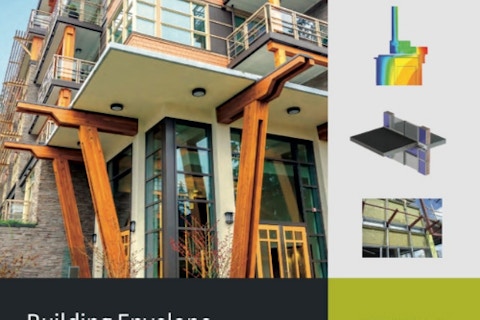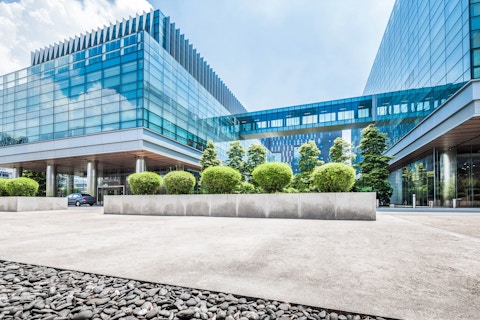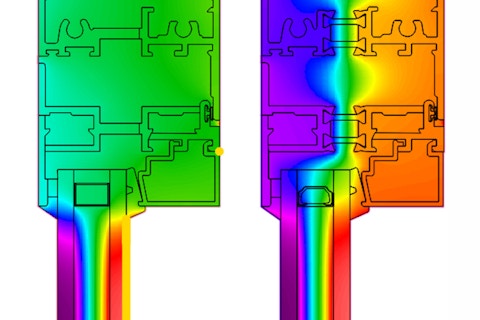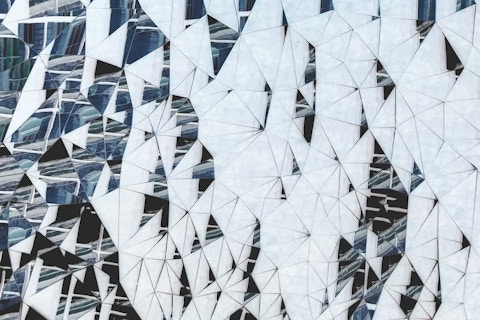
RECAP – CTBUH 2015 Host Room Assembles World-Class Lineup of Building Facade Specialists
On October 26th and 27th, the Facade Tectonics Institute assembled a world-class lineup of building facade specialists at the CTBUH 2015 International Conference in New York City. The host room, titled Skinning the Tall Building: Framing the Future of Building Facade Technology, featured a series of presentations and panels from experts in an intimate, standing-room only venue that yielded an expressive, and at times impassioned, dialogue.
The two-day program featured five sessions and 20 speakers.
Session 1 – The Expanding Palette of Facade Materials and Systems
Emerging materials and diverging design practices are dictating today’s building skin applications. To address this, session one featured a line up of facade luminaries discussing "The Expanding Palette of Facade Materials and Systems." Chair Silvia Prandelli (Werner Sobek) framed the discussion on material-driven design trends and developments in facade technology. Presenter Charles Blomberg (Rafael Viñoly Architects) kicked off the event by discussing the evolution of building facade technologies throughout his career: out are horizontal ribbon windows, in are naturally lit, highly transparent enclosures. Next, Bill Kreysler (Kreysler & Associates) discussed the growing potential of polymers in architectural applications. Edward Peck (Thornton Tomasetti) followed with an examination of the expanding palette of facade materials and systems, intelligent combinations and layering of technologies, the integration of kinetic systems, and innovative shading systems.
Session 2 – Myths & Tales of Transparency: Bringing Clarity to Emergent Facade Technology
Transparency was the theme of session two, under the banner of "Myths & Tales of Transparency: Bringing Clarity to Emergent Facade Technology." Chair Mic Patterson (Enclos) led the dialogue on transparent facade technologies and the role of natural light. Cross-disciplinary designer James Carpenter (James Carpenter Design Associates) discussed the optics of light, and how design, structure and craft all contribute to the artistic and performative aspects of a naturally lit built environment. James O’Callaghan (Eckersley O’Callaghan) followed with a presentation discussing his firm’s pursuit of engineered transparence and oversized glass. O’Callaghan ended, however, with the declaration, “Size mattered. Now Energy Governs,” a sentiment built upon by Nico Kienzl (Atelier Ten), who discussed energy profiles and facade optimization strategies for tall buildings. In particular, Kienzl noted that the role of the building envelope will become exponentially important as other systems (HVAC, electrical lighting, etc.) reach their limits of optimization. Referring to advanced building skin applications to date, he ended with a quote from William Blake: “The future is already here — it’s just not evenly distributed yet.”
Session 3 – Performative Skins: Integrative Solutions to Multiple Performance Drivers
Day one concluded with the themed session "Performative Skins: Integrative Solutions to Multiple Performance Drivers." Chair Peter Arbour (Vidaris) kicked off the discussion with performance drivers and integrative solutions, before leading into a presentation by Stephen Selkowitz (Lawrence Berkeley National Laboratory). Selkowitz discussed high-performance facades in detail, including strategies to achieve a 50-80% reduction in carbon through urban planning, smart glazing technologies, and alternative energy sources. Selkowitz firmly believes that it is possible to design a highly glazed facade system that outperforms insulated, opaque walls in any climate zone. The key? Identifying crucial parameters and performance requirements, new material development, and daylighting simulation/optimization. Building specialist Lance Bischoff (AKRF) followed with a primer on acoustical design — an expanding field as the world continues surges toward urbanization — and the multiple physical properties that contribute to the auditory performance of wall systems. Deborah Moelis (Handel Architects) closed the session with an insiders look at the thermally broken wall system designs, solar orientation optimization, and shading techniques employed at Cornell Tech's 26-story residential building currently under construction in New York. The building is designed to be the tallest passive house high-rise in the world, and its influence on a sustainable built environment is a potential game changer.
Session 4 – Tall Tales: Framing the Future of Tall Building Facades
Renewing the previous day’s discourse, session four began with a panel of advanced facade practitioners addressing the theme "Tall Tales: Framing the Future of Tall Building Facades." Chair Dr. Winfried Heusler (Schüco) launched the discussion with an international perspective by discussing performance drivers stateside versus the European market. Using three climatologically diverse case studies, Christoph Timm (SOM) followed with a discussion on window to wall ratios, sunshading analysis and optimization, and vortex shedding techniques employed by his firm. Peter Simmonds (Building and System Analytics) built on this theme with a presentation on the role of building simulations, form refinement of geometrically complex facades, active facades, and passive ventilation strategies. Peter Weismantle (Adrian Smith + Gordon Gill Architecture) wrapped up the session with a presentation of Kingdom Tower in Jeddah, Saudi Arabia, which will be the tallest building in the world upon completion in 2018. Weismantle discussed his firm’s commitment to designing elegantly simple facade systems, balancing efficiency of performance and cost. Remarkably, the tower employs only a single major wall type.
Session 5 – Skin & Bones: Integrative Solutions to Envelope & Structure
Session Five brought the event to a close with a session themed "Skin & Bones: Integrative Solutions to Envelope & Structure." Chair Greg Otto (Walter P Moore) contextualized the topic before turning the podium over to colleague Sanjeev Tankha (Walter P Moore), who presented the work process employed at their firm combining holistic building design and engineering, integrated workflows, and data-centric research spanning from schematic design through the production phases of a project to completion. Tom Reiner (Knippers Helbig) discussed a multi-disciplinary approach to integration and experimentation in structural engineering, facade design, and geometric form-finding processes. Next, Mic Patterson (Enclos) challenged the meaning of integration, exploring the relationship of integration and dis-integration at various scales in the building arts, developing a discussion thread that culminated in whole-building integration and its meaning in the context of redundancy, complexity, cost, durability and maintainability. He concluded with a series of structural glass facade applications driven by the pursuit of transparency, and realized through a dematerialization of structure resulting from a high level of integration between the structure and cladding systems.
Patterson, president of the newly formed member-based facade research organization, the Facade Tectonics Institute, closed the event with a special thanks to the speakers, and to the select group of industry sponsors that made the event possible, crediting them with collectively “leading the way to a resilient and sustainable built environment”: 3M, AGC Interpane, Enclos, Kuraray, Sage Glass, Schüco, University of Southern California School of Architecture, and Walter P Moore.
Publisher Tectonic Press worked with the Institute to produce an extraordinary booklet comprised of narrative contributions from the speakers and sponsors, who were invited to submit informal reflections on subject matters of their choosing. These contributions — including the latest passions, ideas, concerns and musings from renowned industry leaders — are combined within a 70-page book. The books were distributed to all attendees of the free event. Limited quantities are available upon request.
Looking for something specific?
Search our extensive library.
FTI’s SKINS email is the central source for the latest in building skin trends and research.
All emails include an unsubscribe link. You may opt out at any time. See our privacy policy.













